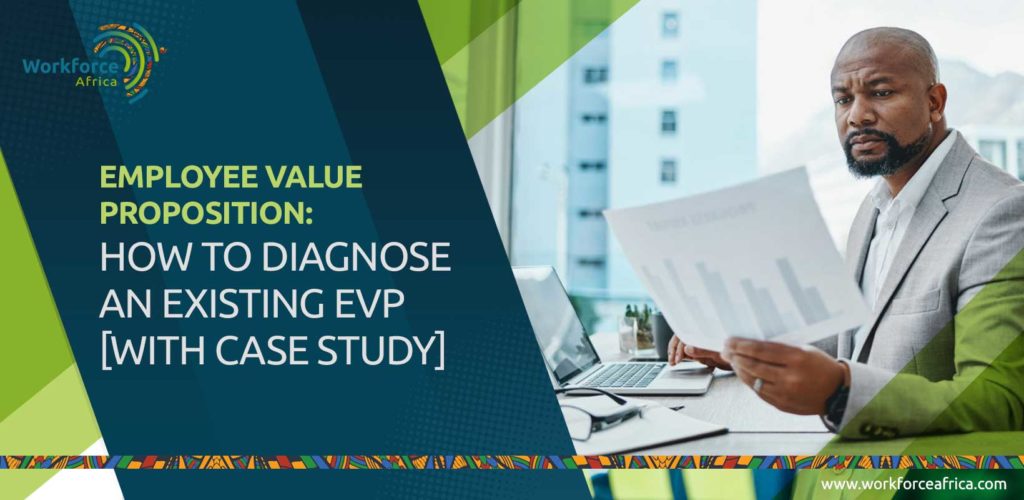An employee value proposition is not just a fancy tagline that promotes your organisation’s image. Instead, employees perceive the experiences, rewards, and opportunities as the value proposition they gain through employment in your organisation.
Simply put, your employee value proposition (EVP) is the experience that employees derive from working for your organisation. It is who you are as a company and what you offer.
The implication of this is that you already have an EVP, whether you realise it or not. The question is: is it one that you desire as an organisation? Is it helping you attract and retain talent?
If you have strong reasons to believe that your employee value proposition needs work, or if your organisation’s growth is slower than you expect and your management desires to jumpstart the business through the infusion of top talent, then the rest of this article is devoted to helping you kick-start the process of cultivating a powerful EVP.
This article discusses the first stage in the Workforce 5D Implementation Framework: Diagnosis.
For a quick recap on the Workforce 5D Implementation Framework, please view our article “Employee Value Proposition: 5 Fundamental Steps for an Exceptional EVP“
To Build a New EVP, First, Diagnose the Old One.
To create a compelling and sustainable employee value proposition, you must start by first answering the question, “What are we currently selling as an organisation?”
To answer this question is to take a hard look at what your current EVP and employer brand are saying. And the way to do this is to learn about your current and future employees’ impressions of your company’s brand and culture.
You can only get a feel of the impression your employees and prospective employees have of your organisation when you question along these lines:
- Why are potential employees attracted to the company?
- Why do existing employees think the company is unique?
- What do they value most about working there?
- Why do they stay?
- Why do they leave?
You can gather this information through anonymous employee surveys, focus groups, one-on-one interviews with current employees, exit interviews, and feedback from former employees and job applicants.
When you talk to your current employees, find out what’s important to them, what engages them and why they remain with your organisation. The aim is to find out what they think is unique about your organisation and why they stay.
When you speak with potential employees (e.g. candidates in job interviews), ask them why they applied for a role in your organisation.
Your departing employees hold valuable information about your company that could greatly benefit your EVP if you ask them.
Therefore, use your exit interviews to gain insight into what is not working that has triggered their exit. Ask them why they are leaving and what may have helped to retain them.
Another source of information is the recruitment agency you use. They can also give you feedback on the benefits that attract candidates to your roles.
When conducting this research, it is essential that you go beyond the financial benefits you offer to identify the intangible experience and rewards that staff value.
For example, does your organisation provide career development mentorships that allow employees to grow their careers? Or is the promotional pathway transparent so everyone knows precisely what must be achieved to qualify for a promotion? Or does the value you offer your staff come from a hybrid working model, flextime, a culture of collaboration or frequent upskilling?
How Diagnosing an Existing EVP Works in Practice: A Case Study of Poju PLC
In describing how this phase of the employee value proposition creation process works in practice, we’d like to narrate a consultancy project we carried out for Poju PLC, an FMCG.
This company grossly needed to improve its EVP and employer brand to help solve the problem of finding and retaining the right employees after the organisation identified that its talent pool lacked the capabilities needed to execute its business strategy.
Diagnosing Poju PLC
The diagnostic phase started with the classification of Poju’s workforce into segments. These consisted of:
- A-players (the ‘high potentials’ who had the most significant impact on the business outcome)
- B-players (talented employees who performed consistently and satisfactorily)
- C-players (average performers)
We divided the employees in each segment into ‘core’ and ‘non-core’—as people in each category tend to have different EVP preferences.
(A clear example of the core/non-core distinction can be observed in an engineering company, where the engineering team would be classified as a core workgroup whilst HR, Finance, Marketing are classified as non-core/support/outsourceable workgroups)
After this segmentation of Poju’s workforce, we executed the study in two stages.
| STAGE 1 | STAGE 2 |
| Identification of the factors necessary for attraction and retention of talent. | Careful consideration of the factors identified in stage 1. |
| Identification of the differences in the choice of factors on the different employee groups. | Identify competitive aspects of the EVP that best align with Poju Plc’s strategy, culture and HR investments. |
| Identification of the factors that were rated as strong and weak points for Poju Plc. |
To facilitate stage 1, we deployed an Employee Engagement Survey. Respondents were asked four critical questions concerning the employee engagement practices of the organisation.
- Question 1: What are we currently doing well enough that needs to be continued?
- Question 2: What are we doing that needs to be improved?
- Question 3: How can the organisation improve and reinforce the good?
- Question 4: How can the organisation improve upon the weak areas?
We also reviewed data from exit interviews to draw out the top concerns that contributed to employees’ leaving the organisation.
Other diagnostic tools used in this stage are entry surveys and’ onboarding data’ (data gathered from surveying new employees within the first one, three and six months of joining the organisation to find out their experience — the good, the bad and the ugly).
The Results of Poju PLC Diagnosis
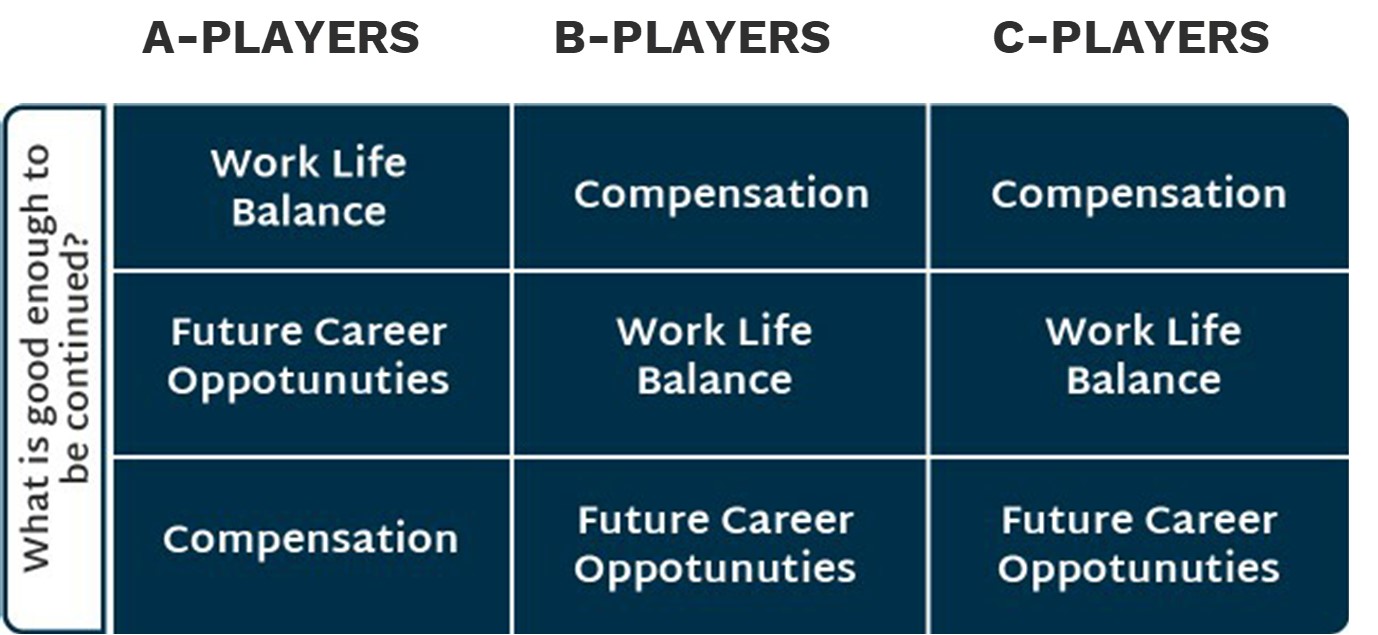
TABLE 1: What are we currently doing that is good enough to be continued?
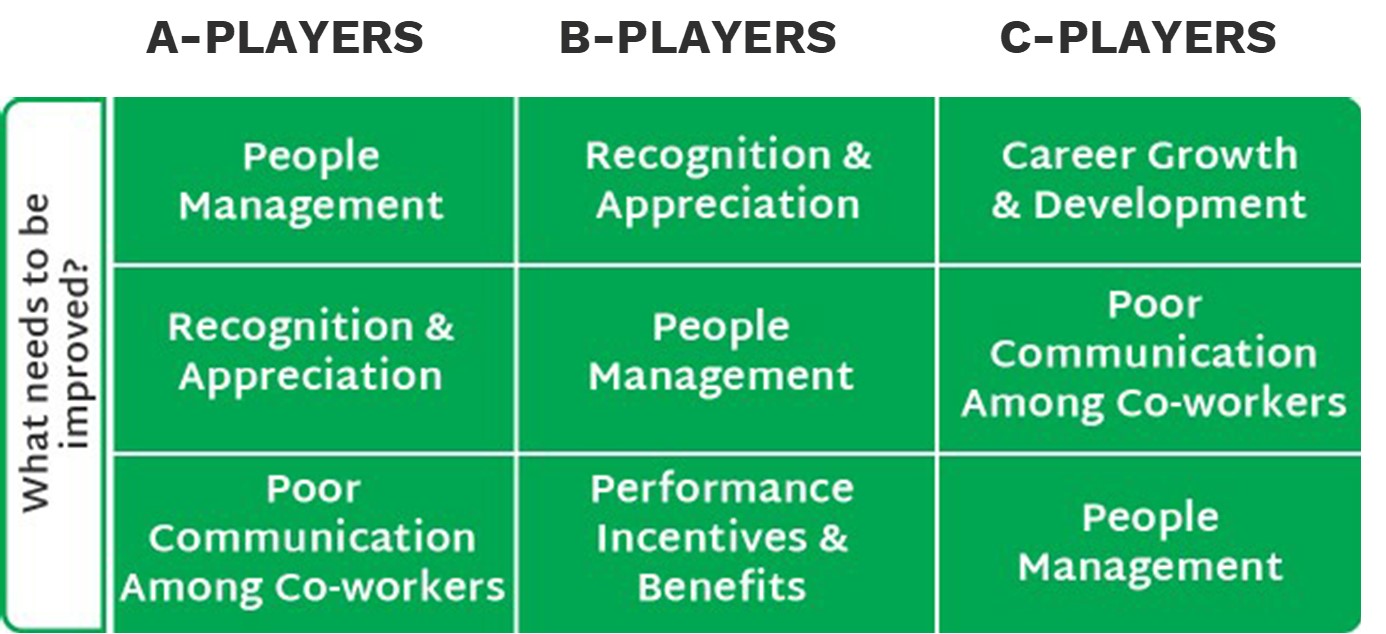
TABLE 2: What are we doing that needs to be improved?
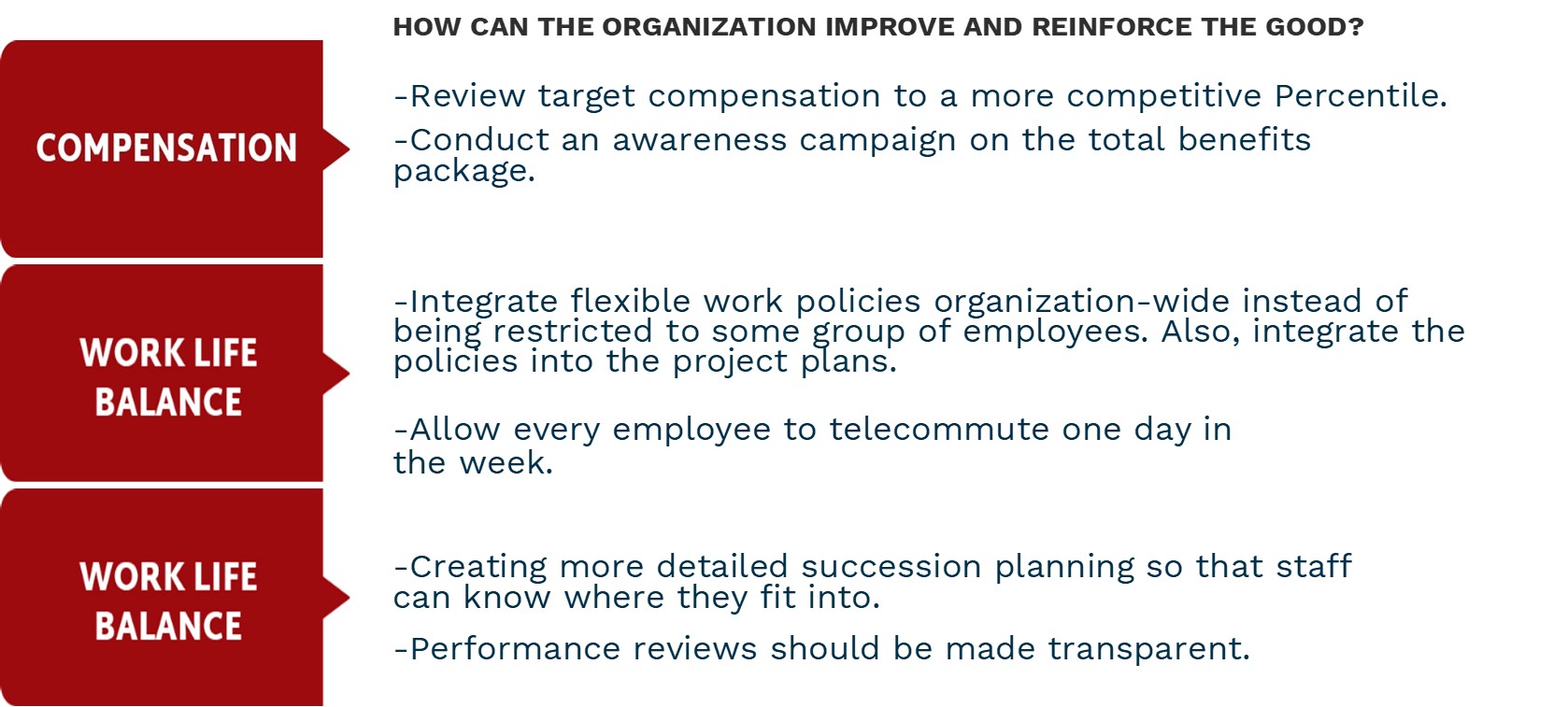
TABLE 3: How can the organisation improve and reinforce the good?
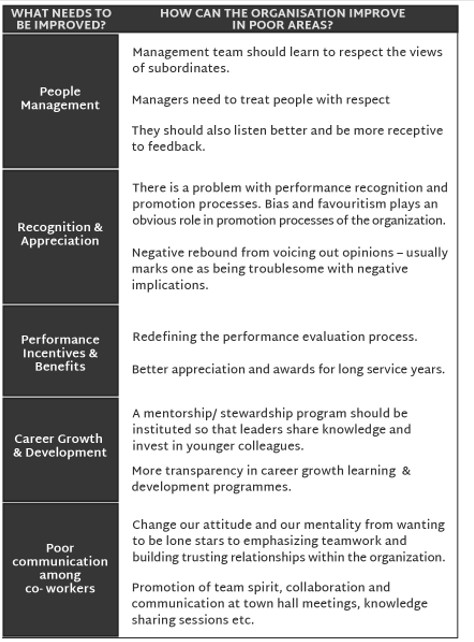
TABLE 4: How can the organisation improve in poor areas?
At the end of Poju’s diagnostic session, we gained the following insights for the organisation:
- The business case for developing and implementing a compelling EVP
- What attracted existing employees to the organisation.
- The key drivers of employee attrition
- How to differentiate their EVP from those of their competitors
- The target audience that would benefit from the EVP.
- The key drivers of employee engagement
- How turnover and retention rates compared to industry standards.
In summary,
The process of formulating an employee value proposition challenges an organisation to be honest about its strengths and weaknesses, to answer the simple, yet critical question, “What do we have to offer?”.
If an organisation gets this phase right, it’ll set the stage for a truly successful EVP design and implementation.
The next step in the EVP creation process is the Design and Development of the value proposition. Here’s the link to the article: How to design & develop an EVP that Works
You can access the EVP series articles here:
- How Compelling Employee Value Proposition Is Crucial to Organisation Success
- 5 Fundamental Steps for an Exceptional Employee Value Proposition
- How to Diagnose an Existing Employee Value Proposition [With Case Study]
- How to Design & Develop an Employee Value Proposition that Works [With Case Study]
- How to Deliver Your Employee Value Proposition to Attract & Retain Top Performers [With Case Study]
- How to Weave Your Employee Value Proposition into Your Organisation’s DNA [With Case Study]
